An archaeological evaluation was carried out by Oakford Archaeology in June 2021 at Hurst Almshouses, Fairpark Road, Exeter. Remains of the medieval leper hospital were uncovered, including parts of the later graveyard and structural remains. The work comprised the machine-excavation of 7 trenches totalling 33.62m in length, with each trench 1m wide. These were targeted on the buildings and the suspected line of the precinct wall...
Read MoreOakford Archaeology carried out an archaeological survey for Exeter City Council, at Trews Weir, Exeter, Devon in September 2019. It involved monitoring geotechnical boreholes excavated by Red Rock Geoscience Ltd to investigate the causes of the weakening of the structure. The excavation of the boreholes across the length of the weir allowed the recording of the structure and deposits below, providing valuable new information on the...
Read MoreHistoric building recording and archaeological excavation was carried out at Torre Abbey, Torquay, Devon between June and August 2021. The principal aim of the historic building recording and archaeological excavation was to ensure the adequate recording of any historic fabric exposed. The Oakford Archaeology team aimed to establish the presence or absence, character, depth, extent and date of archaeological deposits within the site...
Read MoreSince 2018 Oakford Archaeology have been the lead heritage consultants at Forde Abbey, a former cistercian monastery and stately home in Dorset. The site of the former abbey church and cloister are protected as a scheduled monument, while the standing remains of the abbey and stately home are Grade 1 listed buildings. The extensive parkland is also statutorily protected. The abbey management team and architects were looking at...
Read MoreAn archaeological evaluation was carried out in the choir, presbytery and aisles of Exeter Cathedral, Exeter by Oakford Archaeology between January and March 2021.The archaeological evaluation involved the excavation of 21 trenches in the presbytery, choir, choir aisles, retrochoir and crossing of Exeter Cathedral, generally to a depth of 0.5m. No archaeological excavations had previously been undertaken in these parts of the...
Read MoreAn archaeological watching brief was undertaken between November and December 2016 by Oakford Archaeology at No. 9 Verney Street, Exeter, Devon. The work comprised monitoring and recording on foundation trenches and associated works being excavated inside the existing building. The desk-based appraisal established that a number of buildings existed within the boundaries of the site from at least 1819, with these replaced by four...
Read MoreBetween October and November 2015 Oakford Archaeology carried out an archaeological watching brief at St Andrew’s, Ashburton, Devon. The work, undertaken during the laying of a new floor in the nave, aisles and transepts, exposed wall foundations from an earlier stone church, probably built in the late 12th century, as well as seven later phases of alterations and additions. The early church plan is likely to have comprised a narrow...
Read MoreOakford Archaeology monitored a geotechnical borehole survey in July 2016 by South West Geotechnical Ltd for Exeter City Council, at Rougemont Gardens, Exeter, Devon. The sequences of deposits identified during the survey, for the most part, consisted of rampart material belonging to the inner bailey defences of the Norman castle. However, boreholes 4, 6 and 8 identified a buried soil overlying bedrock and sealed by rampart material,...
Read MoreAn archaeological watching brief was carried out by Oakford Archaeology between July and October 2016 during works at Milton Abbey, Milton Abbas, Dorset. The works inside the church revealed new information about the construction and phasing of the current church. The RCHME report has suggested a largely 14th century date for the south transept, whereas the excavations within the south transept have identified three phases of medieval...
Read MoreOakford Archaeology undertook a staged programme of works between October 2014 and September 2015 during works at Knowle Primary School, Plymouth, Devon. Knowle Battery is one of the so-called Palmerston Forts constructed around Plymouth and named after Henry John Temple, 3rd Viscount Palmerston, following successive invasion scares in 1852 and 1853. These fortifications represented the largest maritime defence programme since the...
Read More
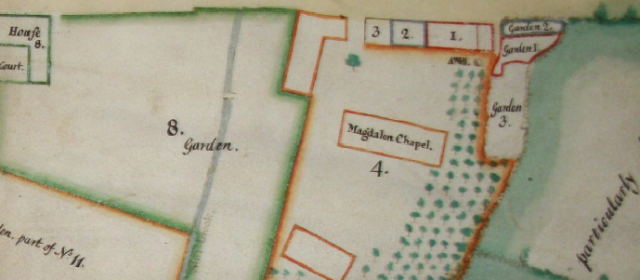
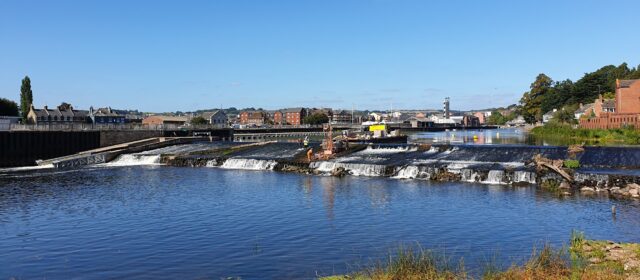
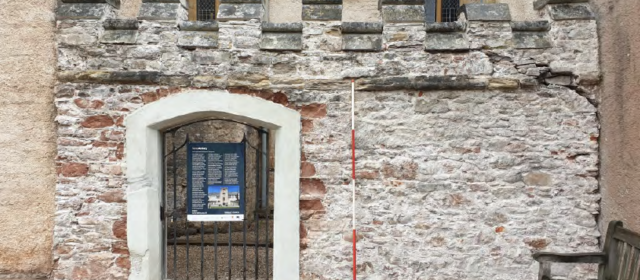
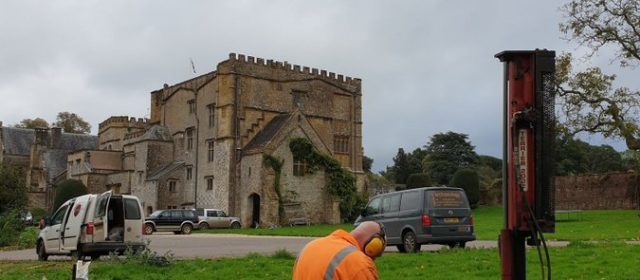
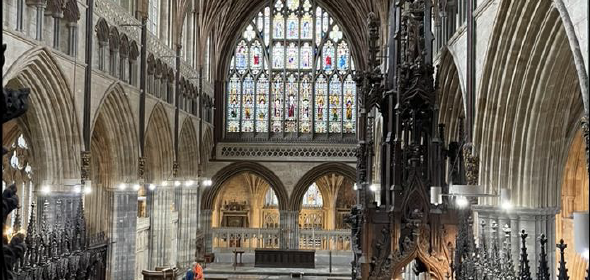
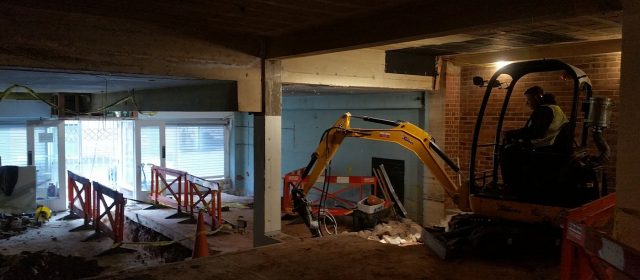
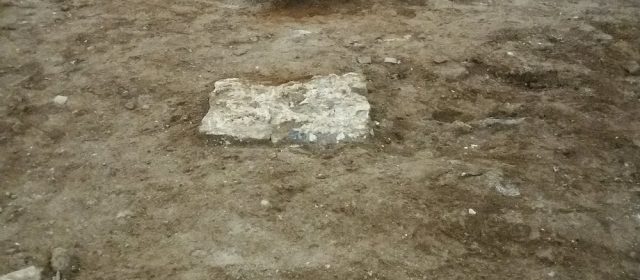
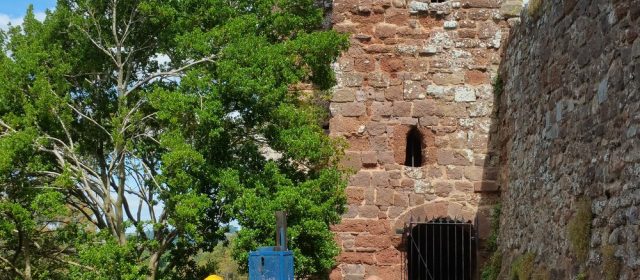
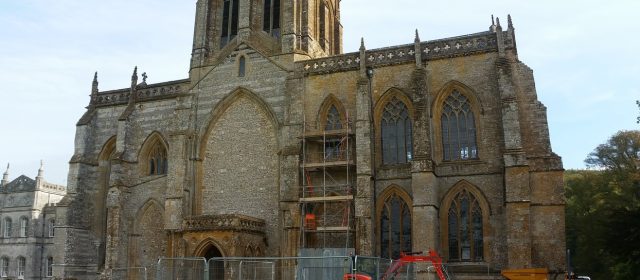
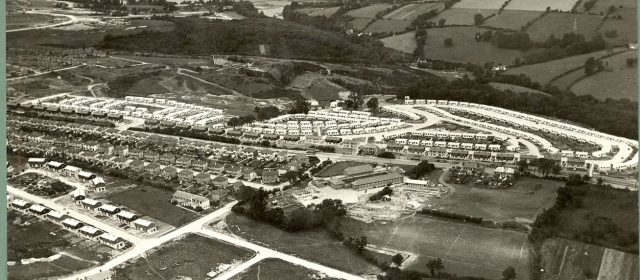
Recent Comments